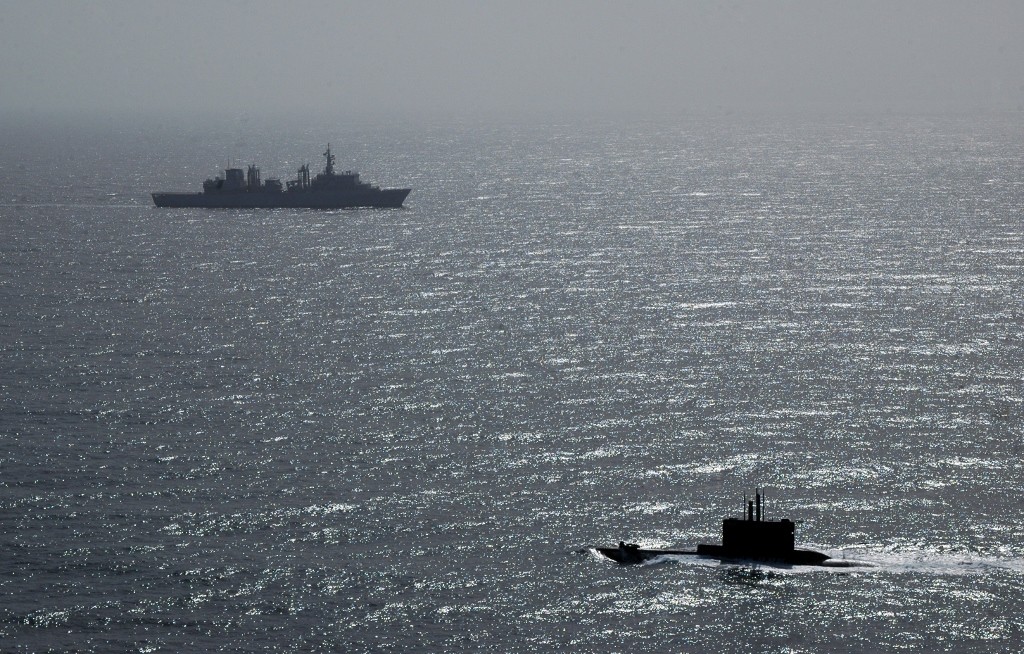NATO at sea: Trends in allied naval power

Despite the North Atlantic Treaty Organization (NATO) taking its name from the ocean that ties Canada and the United States to their European allies, for most of NATO’s history the alliance focused primarily on land power. However, with continental Europe at peace, the drawdown in Afghanistan, the rise of general unrest in North Africa and the Levant, and the American intent to pivot toward Asia, questions are increasingly arising about the capabilities of NATO’s European navies to project power and sustain operations around their eastern and southern maritime flanks. These questions have grown even more urgent in the wake of those same navies’ uneven performance in the 2011 military campaign against Muammar Gaddafi’s Libya. Examining the major navies of America’s European allies reveals a general desire, with the exception of Germany, to maintain a broad spectrum of naval capabilities, including carriers, submarines, and surface combatants. But given the significant reduction in each country’s overall defense budget, procuring new, sophisticated naval platforms has come at the cost of rapidly shrinking fleet sizes, leaving some to wonder whether what is driving the decision to sustain a broad but thin naval fleet capability is as much national pride as it is alliance strategy.
Bryan McGrath is the founding Managing Director of The FerryBridge Group LLC. A retired Naval Officer, Bryan spent 21 years on active duty including a tour in command of USS BULKELEY (DDG 84). His final duties ashore included serving as Team Lead and Primary Author of the US Navy’s 2007 Maritime Strategy A Cooperative Strategy for 21st Century Seapower.
Photo Credit: U.S. Navy

